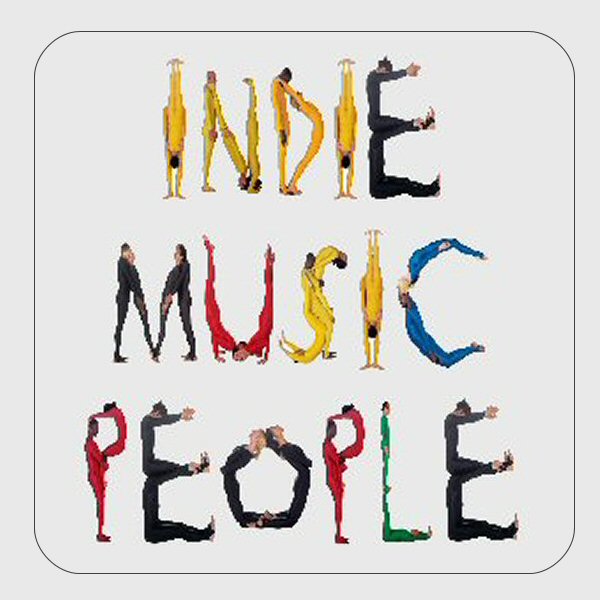JAZSPEAK was first conceived and formed in 1988, in Newquay, Cornwall, as a vehicle for the songs and compositions of P.S.Belcher. Starting as a guitar and piano duet and later developing to include a variety of other musicians, the early recordings of JAZSPEAK reveal the roots of the compositional style that now utilises entire computerised orchestras.
As the Resident Composer for JAZSPEAK, P.S.Belcher is best known as a Jazz guitarist having performed with a wide variety of bands and ensembles, including recitals with Bobby Wellins (formerly tenor sax in the Stan Tracey Quartet), and The New Society Jazz Band. P.S.Belcher attended Chichester College of Arts, Science, and Technology where he studied Jazz, being tutored by tenor saxophonist Bobby Wellins, guitarist Dave Murrell, and other notable musicians, such as Chris MacDonald, who taught Jazz Harmony and Arranging. P.S.Belcher then studied Popular Music at CCOAST, which led to an interest in Academic studies of music, moving on to study at University College Chichester.
In the summer of 1999, P.S.Belcher was commissioned by University College Chichester to research and compose a piece of music depicting a history of Jazz from Blues to Bebop. The research report that accompanies the composition traces a history of the development of the original work songs and field hollers of the slaves to the sophistication of chromatic theories in Jazz. The influence of Western European music on the slave song-styles has been clearly documented in the report, which seeks to describe a lineage of the development of Jazz from the apparently simplistic Blues and field hollers to the obviously complex and sophisticated chromaticism of Bebop.
Also created and produced a multimedia composition, Phototropism, as part of a collaborative project with University College Chichester and Queen's College (New York) in 1999. The collaboration, based on the theme of Phototropism, was performed at the Chichester Fringe Festival, and in New York, in 1999. The compositions of P.S.Belcher have achieved international recognition.
Engaged in Postgraduate research at University College Chichester, researching the Semiotic of Music and the possible prenatal origins of the language of Music. These studies have found a correlation between the Final Cadences in Jazz and Zipf's Law of Human Languages. Other Academic research by P.S.Belcher into the creation and performance of Synchronic Art was referenced in an Honours Level Dance and Technology examination in 2001.
After succesfully establishing a strong correlation between Music and Zipf's Law of Human Language, Peter Belcher has succeeded in getting a computer to compose coherently. This research has the Institutional backing and support of the University of Plymouth in the UK.
In addition to the Academic work, P.S.Belcher has composed, recorded, and released fifteen JAZSPEAK albums - with more in the pipeline.

Comments
View All

Jazspeak
|
10/12/2008 12:23:37 PM
Jazspeak band pages at
http://jazspeak.co.uk
has some excellent music that is freely downloadable as mp3 and MIDI files, along with some intriguing multimedia artworks. There are also freely downloadable back issues of Jazspeak News that carry some very interesting articles on music, music theory, critical and cultural theory, all rounded of with a large helping of humour.
|

|
| |
|
View All
|
IndieMusicPeople.com
�2015-2016 Indie Music
People All Rights
Reserved